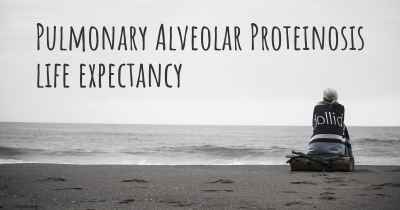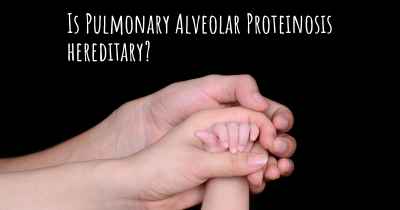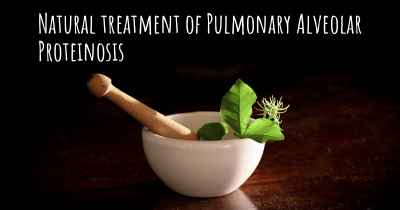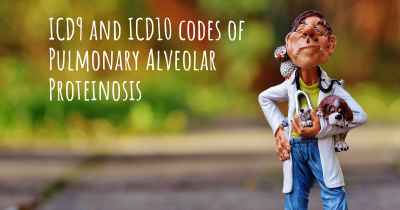What is the prevalence of Pulmonary Alveolar Proteinosis?
How many people does Pulmonary Alveolar Proteinosis affect? Does it have the same prevalence in men and women? And in the different countries?
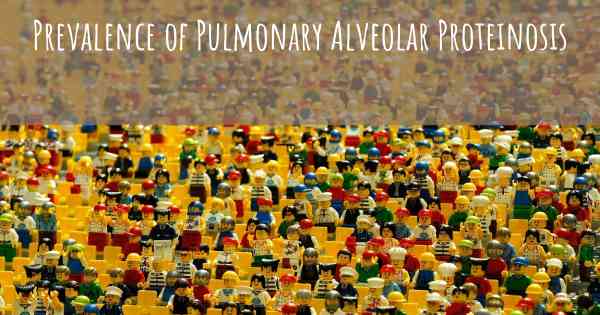
Pulmonary Alveolar Proteinosis (PAP) is a rare lung disorder characterized by the accumulation of abnormal proteins in the alveoli, impairing lung function. While the exact prevalence of PAP is not well-established, it is considered a rare disease, affecting an estimated 1 in 100,000 to 250,000 individuals worldwide. PAP can occur at any age, but it is most commonly diagnosed in adults between the ages of 20 and 50. Early diagnosis and appropriate management are crucial for improving outcomes in individuals with PAP.
Pulmonary Alveolar Proteinosis (PAP) is a rare lung disorder characterized by the accumulation of abnormal proteins and lipids within the alveoli, the tiny air sacs in the lungs. It affects both children and adults, although the prevalence varies across different populations.
While PAP is considered a rare disease, its exact prevalence is not well-established. Estimates suggest that the incidence of PAP ranges from 0.1 to 0.3 cases per 100,000 individuals. However, these figures may not accurately reflect the true prevalence due to underdiagnosis and misdiagnosis.
PAP can occur in three forms: primary, secondary, and congenital. Primary PAP is the most common form, accounting for approximately 90% of cases. Secondary PAP can develop as a result of underlying conditions such as infections, certain cancers, or exposure to inhaled substances. Congenital PAP is extremely rare and typically affects newborns.
Due to its rarity, PAP often presents diagnostic challenges and requires specialized medical expertise for accurate identification and management. Early diagnosis is crucial to prevent complications and initiate appropriate treatment, which typically involves whole lung lavage or, in some cases, lung transplantation.
Research efforts are ongoing to better understand the prevalence, causes, and optimal treatment strategies for PAP. Collaborative initiatives between healthcare professionals, researchers, and patient advocacy groups aim to improve awareness, diagnosis, and management of this complex lung disorder.
